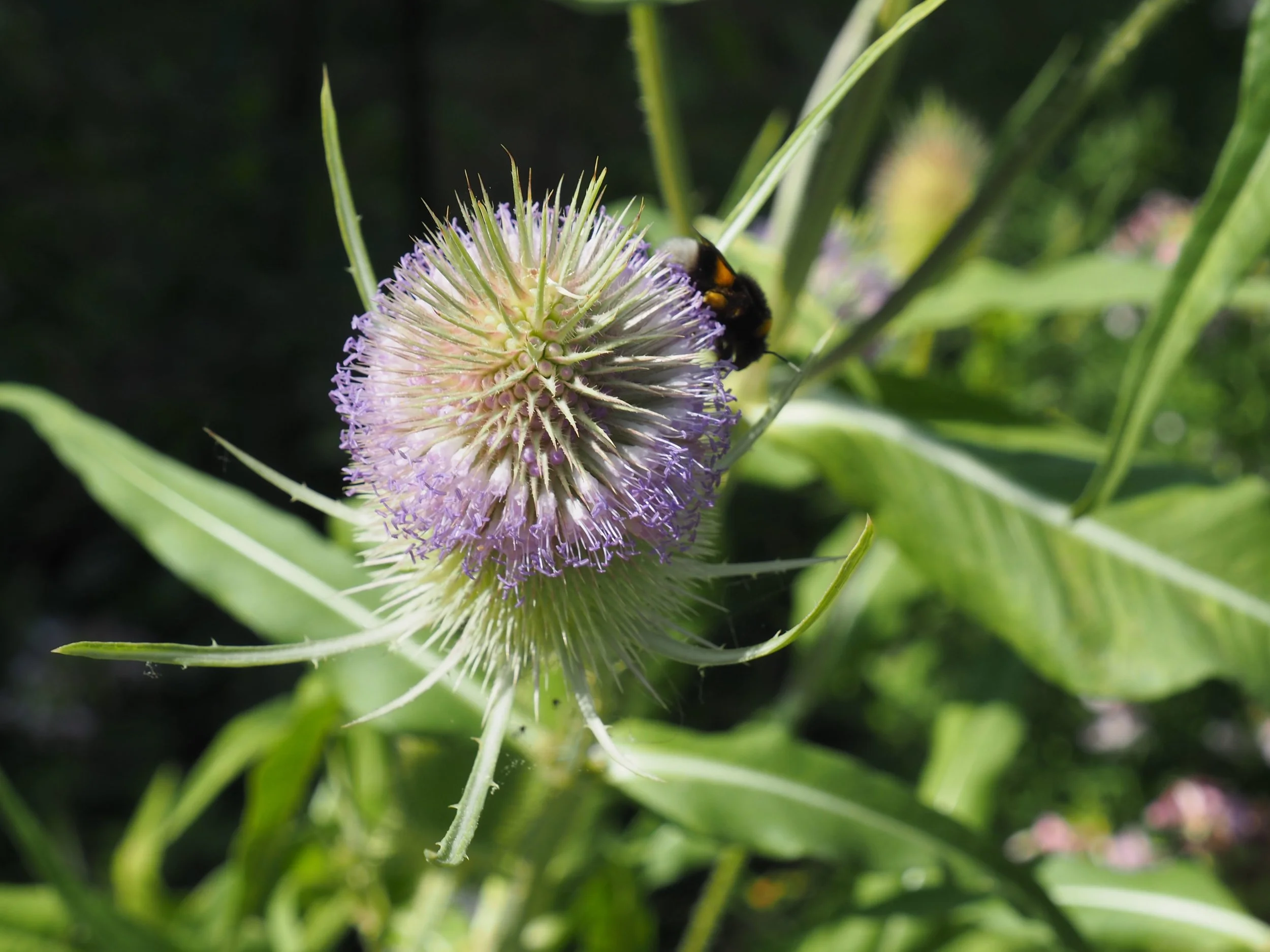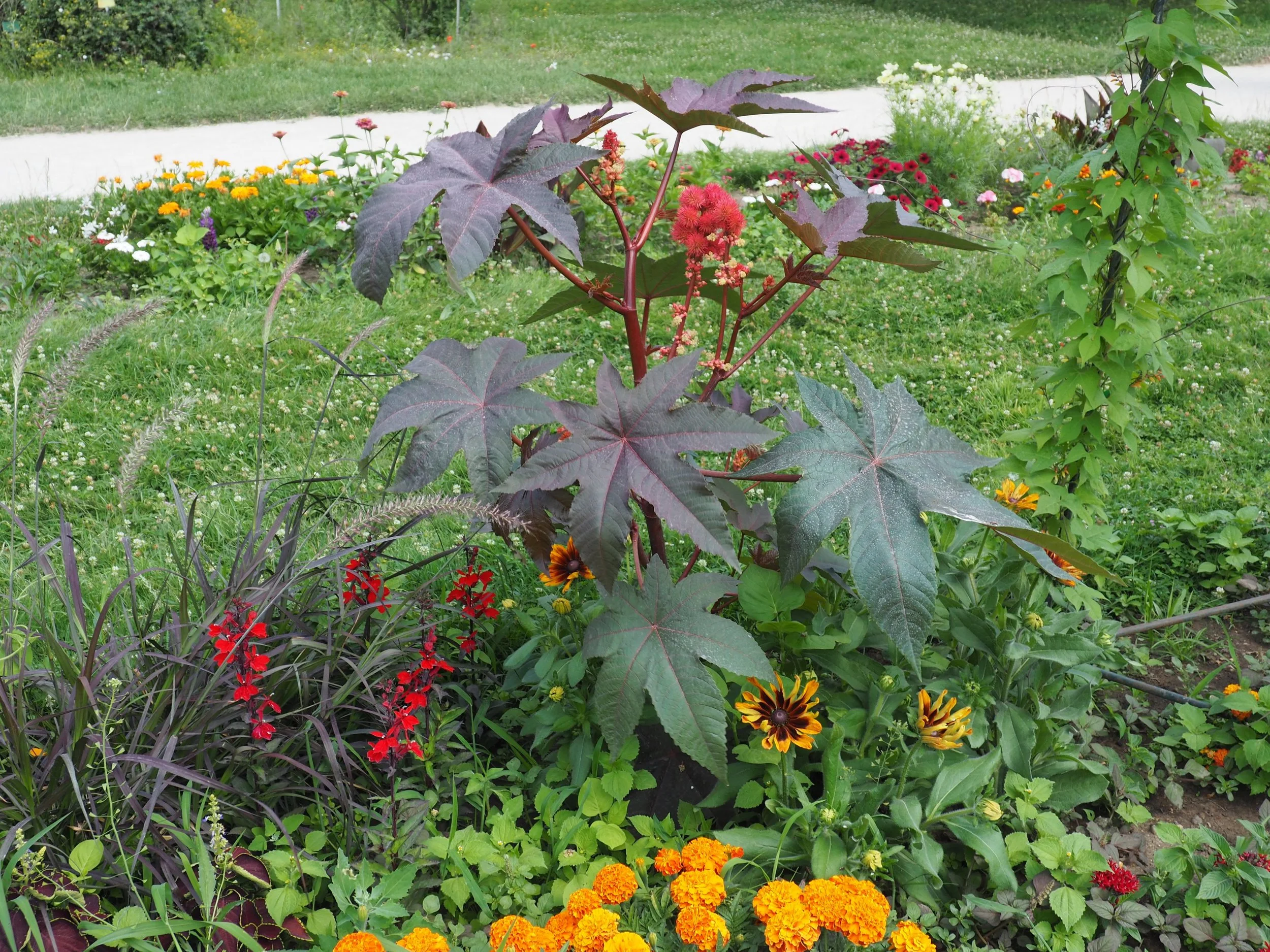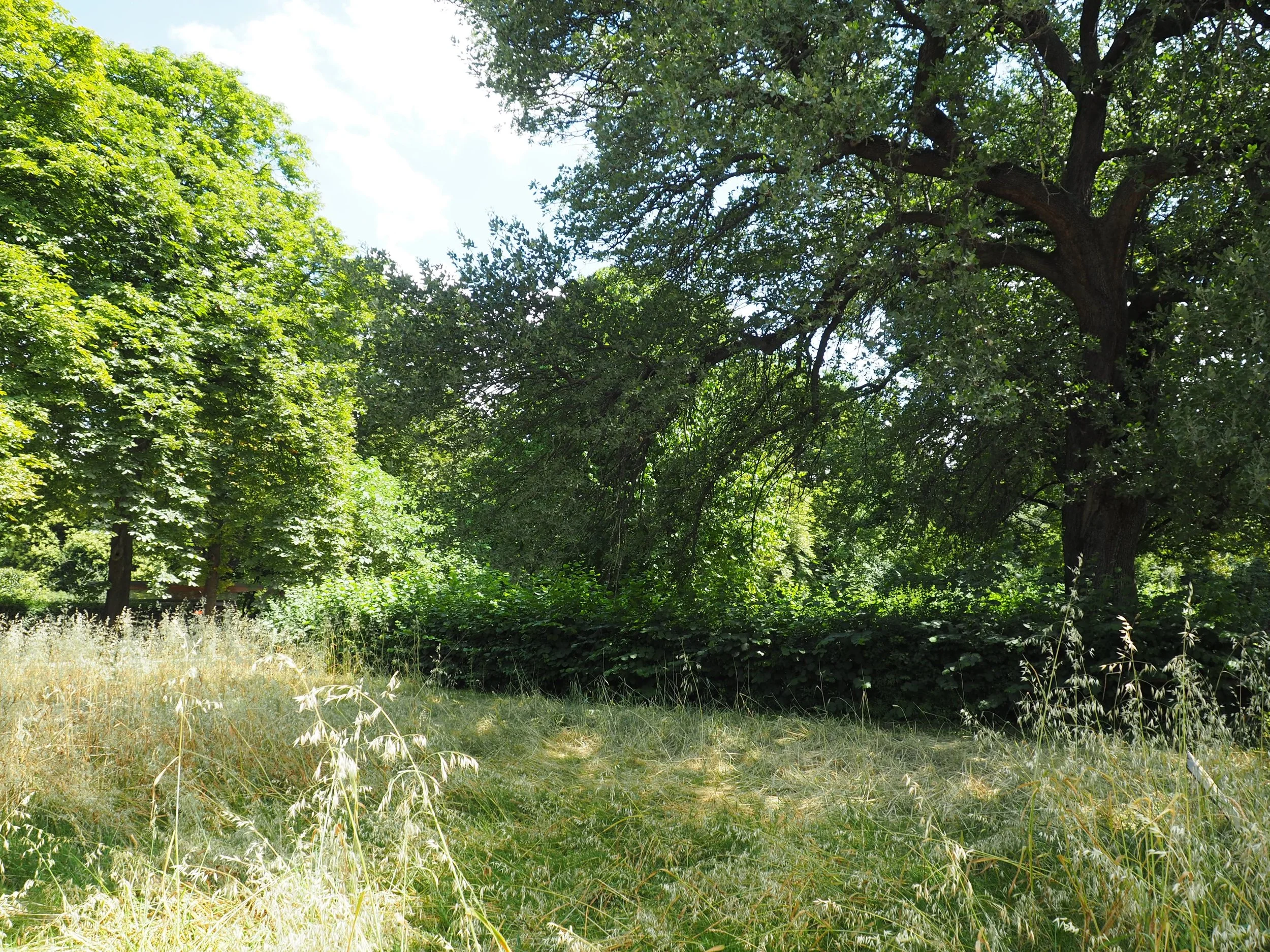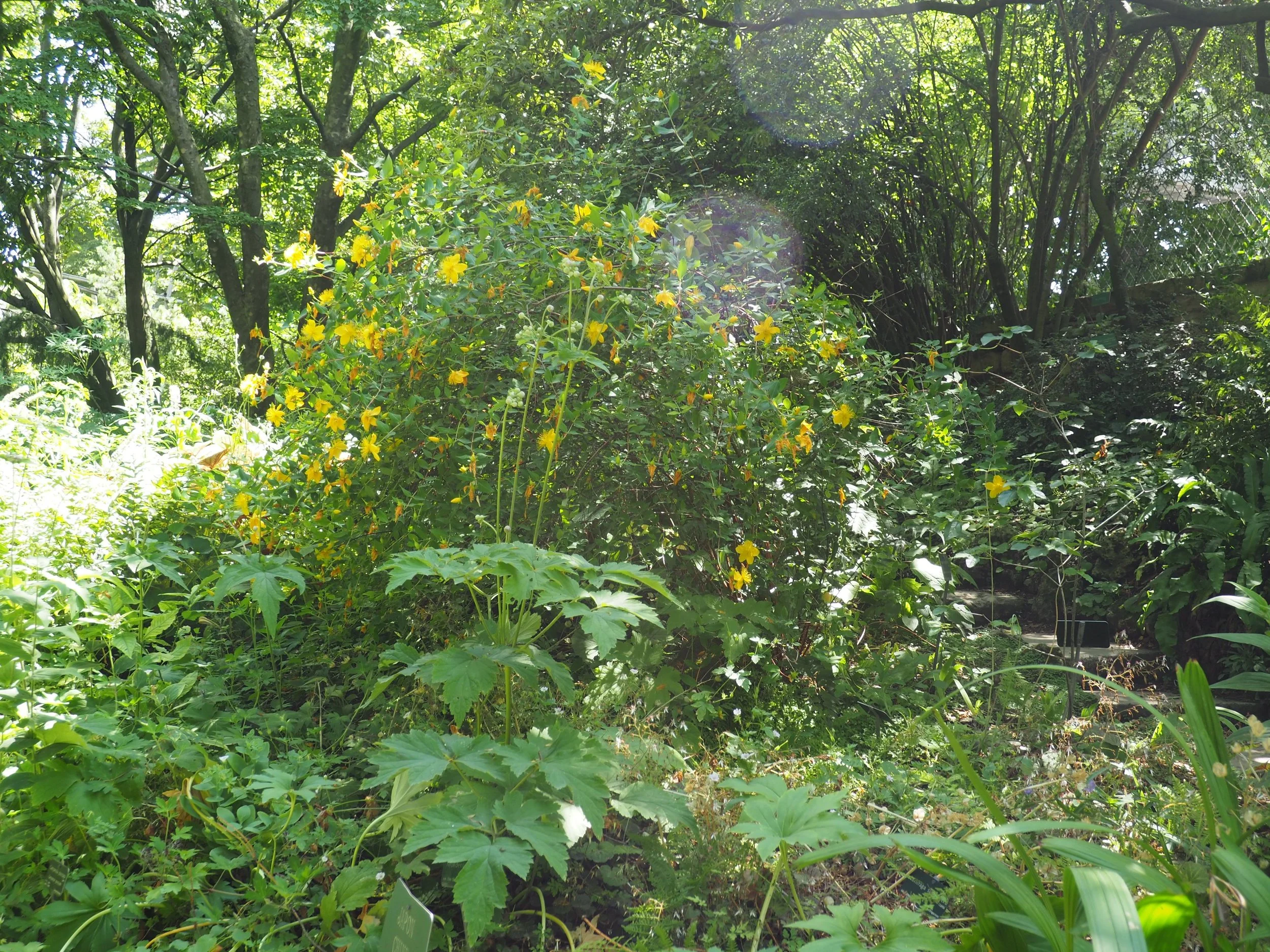Back at the end of June I was staying in Paris for four days. It was hot. Some cities in the world are used to the heat. Cities like Singapore for instance or Bangkok. Paris isn’t. With its beautiful old stone buildings and miles of pavement, both of which soaked up the heat, it became an oven. Admittedly Europe was having an uncharacteristic heatwave. Paris wasn’t used to months on end without rain and the sort of temperatures that melts and bakes and makes everything feel dirty.
White is the colour of Paris. Sure the city has trees and parks, but they’re all manicured and contained within boundaries. If you want to sit in the shade then you sit on a park bench or a low wall. There’re no sprawling in Paris, because in order to sprawl you need grass and the meagre grass there is, is fenced off. Grass in Paris is for looking at. This is a strange concept for a New Zealander. In New Zealand grass grows freely and plentifully; you could classify it as a weed (I’m always pulling it out of my flower garden). Sprawling on grass in New Zealand is a national pastime. But, before I start sounding like a culturally offensive xenophobe I really ought to declare my love for Paris. Paris I love you, especially in winter.
This is the view from my hotel window.
Paris isn’t without its plant lovers as you can see in the photograph above and below.
On our second day in Paris I decided to visit Jardin des Plantes, which is a botanical garden. Unsurprisingly, my husband and son didn’t want to come. They went in search of air conditioned shops along the Champs Élysées.
I nearly didn’t make it to Jardin des Plantes. I got off the metro too early and turned left when I should’ve turned right. I ended up at the wrong entrance and had to keep walking and walking and walking. One hour later I arrived: tired, hot and completely jaded. Seen one botanic garden seen them all, right?
I was wrong.
The entrance of the Jardin des Plantes.
I’m going to take you on a short tour of a very small part of Jardin des Plantes. It covers a very large area, which I didn’t appreciate when looking at it on a map. I could cry, just thinking about all the sections of the garden that I missed out on. Like the glass houses. And I love glass houses, but I was on a strict time schedule and I wasted an hour trying to find the damn place. It was either the glass houses or the sunken garden. Thats how crazy it got. My advice to plant lovers who plan on visiting Jardin des Plantes - make a day of it and take a picnic. It’s a wonderful place. An oasis of green peacefulness in a city that never sleeps.
There was a lot of grass, for Paris, growing in these gardens, but all of it was out of bounds.
It will have come to your attention that I’ve included a number of plant labels. And no I havnt’t done this to fill up space. I’ve done it because I’m interested in the names of plants.
I’m the proud owner of 3 books on Latin for gardeners. I’m slowly working my way through them. I find the whole history of plant names utterly fascinating. The plant names on the labels, you will have noticed, are written in Latin. Though not the Latin that the smart girls at school studied (alas I wasn’t one of them).
The name in the bottom right of the plant label is the family that the plant belongs to. Plant families always end in the letters aceae, as in Poaceae - the grass family.
Jardin des Plantes is divided into areas. The plants in this area are all useful plants. Parts of the plants can be used as food, dyes, medicines and that sort of thing.
Indigofera tinctoria is the plant used make a blue dye. The name Indigofera refers to fact that in the late 1800s most of the Indigofera tinctoria was grown in India. Tinctoria means that a plant is used as a dye.
Indigo tinctoria belongs to the Fabaceae family - the legume family. It’s the third largest plant family and most of the plants are tropical. This family includes plants like wisteria, wattles and sweet peas. One of the distinguishing features of this family is that it produces its fruit in a dry elongated pod.
This beautiful tree caught my eye. I had to really poke around, getting right underneath it to find its label. The photos don’t do it justice.
Here is another tree that stood out, with its haze of purple flowers and fine green leaves. It’s common name is salt cedar. It’s native to Europe and Asia but a pest in Southwestern USA.
I’m slowly getting the hang of botanical Latin. There’s a group called the International Code of Botanical Nomenclature (ICBN). In 1952 they had a big tidy-up of plant names and plant groups, which has been revised several times since. Modern DNA analysis has made plant classification easier.
All plants have two names, a genus and a species, thanks to Carl Linnaeus. He simplified previously confusing and long winded names in the mid 1700s. The genus is a noun and it comes first. The species is often an adjective and it comes second.
I was disappointed to find that some sections of the garden were closed. I understand that this is standard procedure. Maybe this is so the gardeners can complete maintenance work. Maybe the plants need a rest from all the people.
This meadow and the neighbouring vineyard garden were closed the day I visited. I had to look at them longingly from behind a fence.
The best decision I made was to turn left down this path. You can see a giant glasshouse in the distance.
The best section of Jardin des Plantes was reached via a tunnel. You can see the entrance to the tunnel in the left of the photo below. I would’ve taken a photograph of the tunnel entrance but a group of gardeners were congregating there. I would’ve felt a bit odd taking their picture. So instead I took a photo of a date, pressed into the wall of the tunnel.
The tunnel exits into the sunken garden, which is separated from the rest of Jardin des Plantes by a wall.
I was bemused with these netted covers over some of the plants. What was their purpose? To stop birds from digging them up? To stop people from digging them up?
I spent a good hour wandering around the sunken garden in the cool shade. I shared it with several gardeners and no more than fifteen people. It was astonishing to find a wild (albeit designed) green space in the middle of Paris. I admire stylish and manicured gardens, I enjoy the feeling of order and majesty that they evoke. I admire the sheer artistry and craftsmanship in making such gardens. But I’m a wild garden lover at heart and these are the gardens that I want to make. Romantic tamed wildernesses with paths and steps that promise to take you to other worlds.


























































































































































